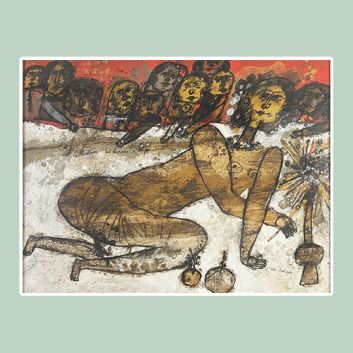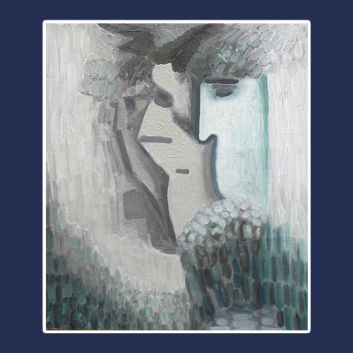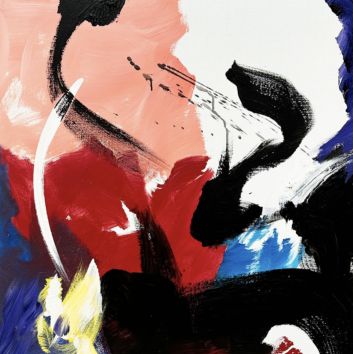Rating and value of paintings by Chaïm Soutine
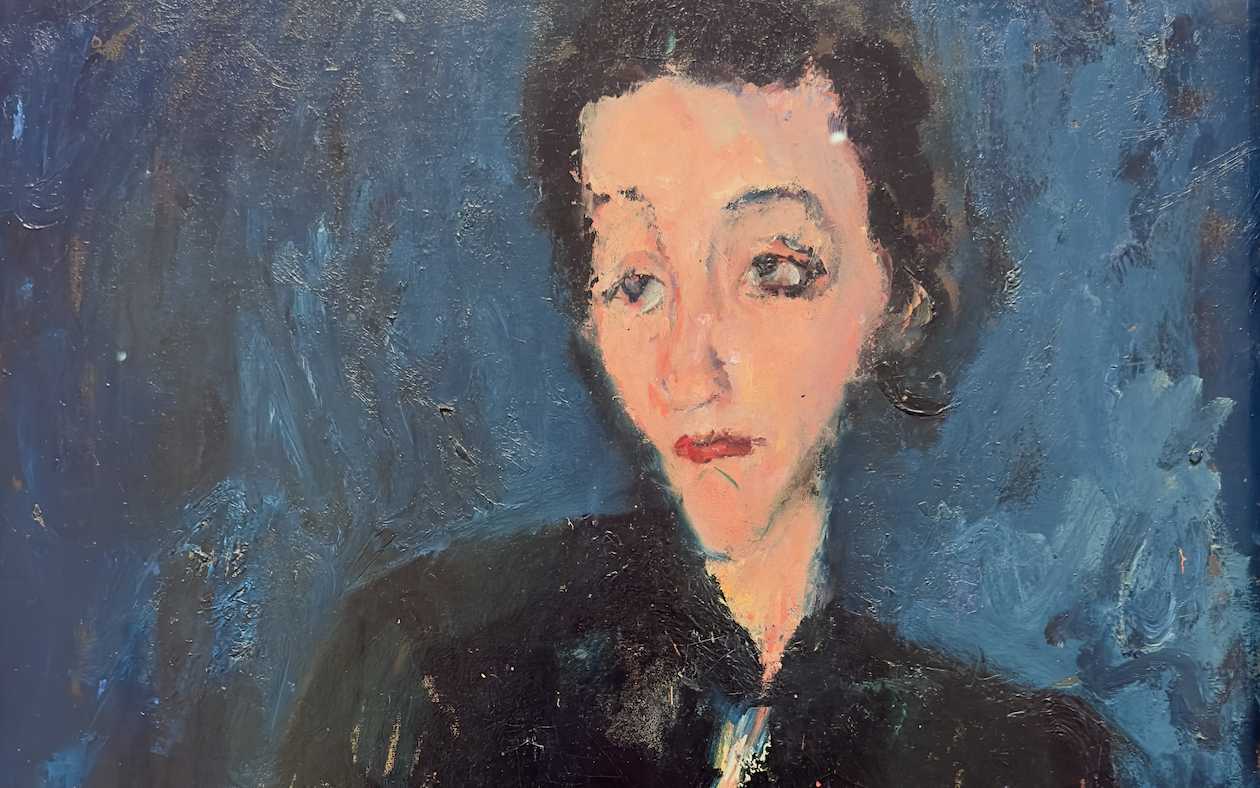
If you own a work by or based on the artist Chaïm Soutine and would like to know its value, our state-approved experts and auctioneers can help you.
Our specialists will carry out a free appraisal of your work, and provide you with a precise estimate of its current market value.
Then, if you want to sell your work, we'll point you in the right direction to get the best possible price for it.
Artist's rating and value
Chaïm Soutine's work is current and highly rated on the auction market. His works arouse interest among collectors and art lovers, particularly those who appreciate 20th-century painting.
The most sought-after pieces are his Expressionist paintings, which fetch record auctioneers' hammer prices.
Thus, a work by Soutine can fetch millions of euros at auction, like his painting Le Boeuf, dating from 1923 and sold for €22,325,000 in 2015, while it was estimated at between €17,860,000 and €26,790,000.
Order of value from the most basic to the most prestigious
Technique used | Results |
|---|---|
Print - multiple | From €40 to €250 |
Drawing - watercolor | From €6,000 to €30,000 |
Oil on canvas | From €100 to €22,325,000 |
Response in less than 24h
Artist's style and technique
Chaïm Soutine belongs to the Paris School, a group of foreign artists who produced work in Paris.
Most of his work is expressionist, and he produced many prints, as well as drawings and oils on canvas.
Chaïm Soutine's use of vivid colors and expressive forms reflect his unique personality and intense temperament. His painting technique is characterized by energetic brushstrokes and rich textures, bringing his subjects to vibrant life.
Soutine drew inspiration from the Old Masters, but reinterpreted them in his own way, creating bold compositions in which the background is often blurred, bringing the main subject to the fore. His approach to color is also marked by saturated hues that evoke raw, visceral emotion.
The themes of still life and portraiture reveal a psychological depth, transforming ordinary scenes into meaningful narratives. His expressionism, though deeply personal, resonates with the anguish of his time, inviting the viewer to feel the intensity of his artistic vision.
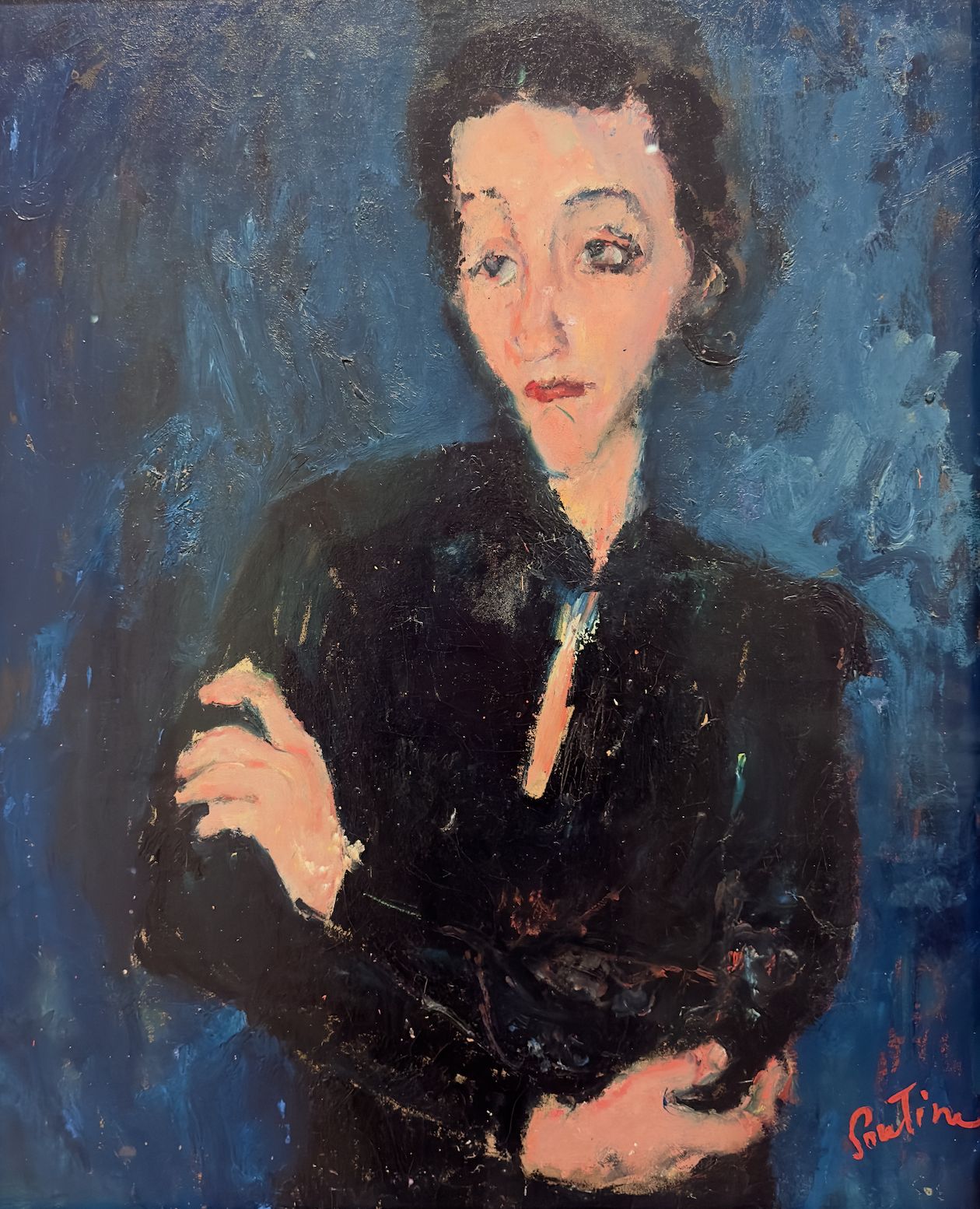
Chaïm Soutine's career
Chaïm Soutine, born in 1893 in Smilovitchi, in the Russian Empire, was a painter whose career was marked by suffering and resilience. Of Jewish origin, his childhood was spent in the Russian ghettos, where he faced extremely difficult living conditions.
In 1912, he managed to escape this reality and settled in Paris, an epicenter of artistic creativity at the time. He immersed himself in the Montparnasse district, where he rubbed shoulders with iconic artists, but didn't achieve success until the 1920s, when he attracted the attention of American collector Albert Barnes.
The latter discovered his work, bought his canvases and commissioned works from him, propelling Soutine onto the international scene and boosting his reputation as an artist. He then rubbed shoulders with up-and-coming figures such as Chagall, Kisling and Modiglianiboth also seeking recognition in this artistic effervescence.
Soutine's years in Montparnasse, notably at the Ruche artists' residence, were marked by internal struggles and instability, despite the creative effervescence that surrounded him. He traveled frequently, exploring the Côte d'Azur with other artists, as well as cities such as Bordeaux, all the while seeking to refine his style.
His work is deeply influenced by Expressionism, which is the essence of his approach, but he does not deny the great artistic traditions. He skilfully combines his influences with the work of the old masters.
In his still lifes, for example, he draws inspiration from Rembrandt's painting The Flayed Ox , updating the compositional structure. He creates a zoom effect, reducing the background, saturating colors and blurring contours, which intensifies the emotional impact of his works.
Soutine's expressionism reveals an underlying violence and brings out complex nuances, giving unexpected depth to his depictions.
However, the artist hid a deep malaise behind his creativity. Soutine was often subject to intense anger, and his personal life was marked by instability. He had frequent conflicts with his friends and a succession of unstable love affairs.
Despite his inner turmoil, he managed to leave an indelible mark on the art world. Chaïm Soutine died in Paris in 1953, aged 50, leaving behind him a rich and complex artistic legacy.
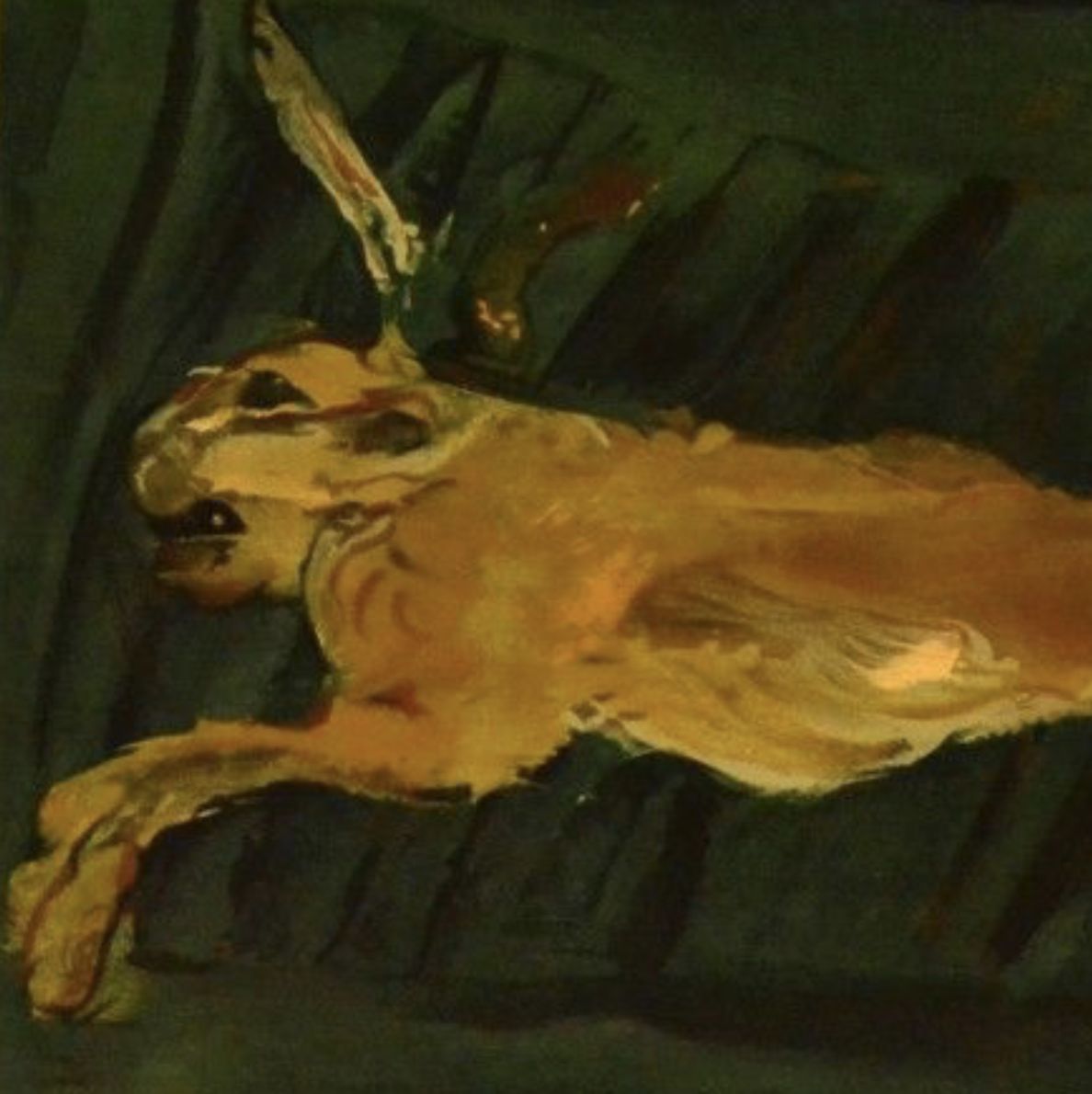
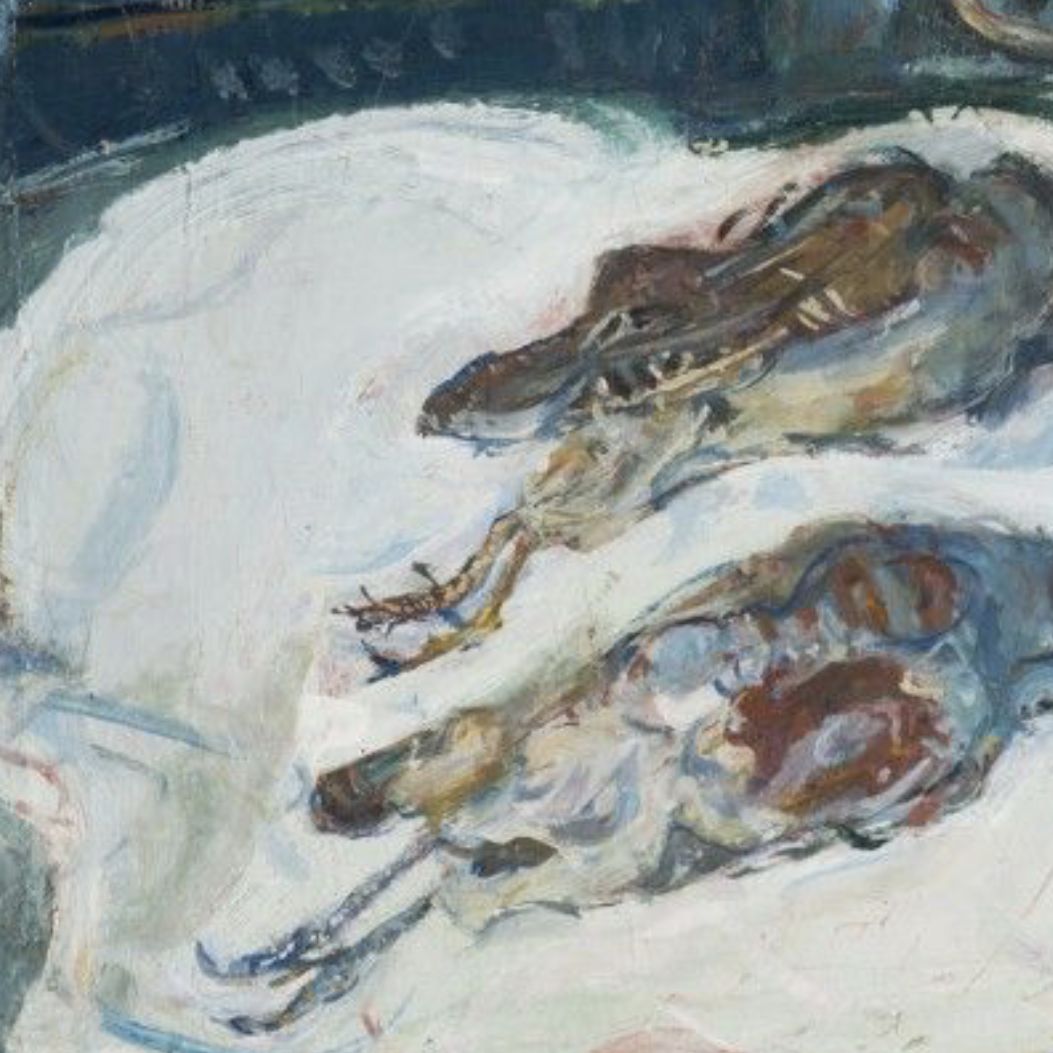
Focus on Chaïm Soutine's Flayed Ox
Le Bœuf écorché (The Flayed Ox) is a striking work by Chaïm Soutine, painted in 1925. Part of a series of still lifes, the painting highlights the artist's obsession with the representation of meat.
Soutine, inspired by Rembrandt's The Flayed Ox, appropriates this theme with an unprecedented expressive force. His style, deeply rooted in Expressionism, confronts us with a raw vision of reality. The suspended livestock is depicted with an unprecedented intensity, enhanced by the complementarity of the nuances.
The bright, saturated colors range from madder red to amaranth red for the center of the composition, and from cerulean blue to aniline black for the background, creating a perfect contrast for the visual reception of the work.
The background is minimalist, allowing the skinned ox to occupy all the space, while the blurred outlines contribute to the work's absorbing effect on the viewer. Soutine achieves a real tour de force here, concentrating on the very essence of the subject, while avoiding superfluous detail.
The painting is a strong expression of life, where the artist translates his emotions through a vivid representation of flesh.
Light plays a crucial role in this work. Deep shadows accentuate shapes and volumes, creating a dramatic atmosphere. Bursts of light on the meat accentuate the texture, giving the impression that the cattle could move at any moment.
This ability to breathe almost palpable life into his subjects is one of the characteristics that makes his work so unique. The brushstrokes, both energetic and delicate, convey Soutine's tormented state of mind, marking a great emotional intensity.
Le Bœuf écorché is more than a simple representation of meat. It is also a powerful metaphor for the human condition, addressing the themes of life and death. With this work, Soutine highlights the brutality and fragility of existence, revealing its inner torments.
The raw representation of flesh thus becomes a reflection of his own struggles, an echo of his personal suffering.
By choosing to show livestock so explicitly, Soutine confronts the public with a reality that can be disturbing. His expressionism, far from being a mere technique, is a means of sharing his vision of the world. In so doing, he succeeds in conveying a powerful message about the ephemeral nature of existence.
Today, Le Bœuf écorché is recognized as a masterpiece of modern art, an essential piece of 20th-century art that testifies to Soutine's creativity. Its impact endures, and the work continues to be celebrated in museums, attracting the attention of art lovers the world over.
The evocative power of this painting, at the crossroads of life and death, makes Chaïm Soutine a key figure of Expressionism, leaving a legacy that still resonates in the contemporary artistic landscape.
La Colline in Céret deciphered by the Orangerie
Chaïm Soutine's imprint on his period
Today, Chaïm Soutine is recognized as one of the most influential artists of the twentieth-century Expressionist movement, despite the fact that the general French public is not very receptive to the work of the École de Paris.
His figurative and expressionist paintings, imbued with a unique emotional intensity, captivate collectors and are highly prized on the art market, because they reflect a body of work that is both plastic and theoretically very important, and which has left its mark on both art history and the art market, which are not necessarily correlated.
The success of his works at auction testifies to their value and the growing interest in his work. Some of his emblematic pieces are exhibited in renowned museums in France, offering visibility to his art.
However, private collectors play a crucial role in preserving his work, acquiring canvases to enrich their personal collections. His price has remained stable in recent years, reflecting enduring admiration for his distinctive style and recognition of the importance of his artistic legacy.
His signature
Not all works by Chaïm Soutine are signed. It is also possible that a copy has been made or that the inscription has faded over time, which is why expert appraisal is essential.
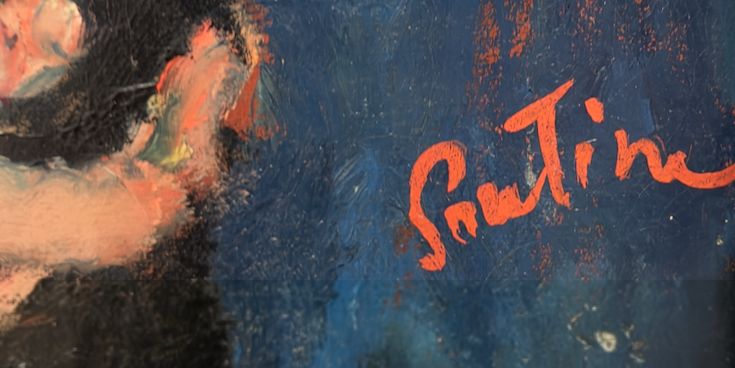
Appraising your property
If you own a work by Chaïm Soutine, don't hesitate to request a free appraisal by filling in our online form.
A member of our team of experts and certified auctioneers will contact you to provide an estimate of the market value of your work.
If you are considering selling your work, our specialists will also guide you through the various alternatives available to obtain the best possible price, taking into account market trends and the specific features of each work.
Response in less than 24h
Related topics
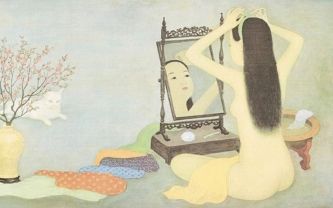
Rating and value of paintings, watercolors, Mai Th...
Mai Thu is a Vietnamese artist who has produced watercolors and silk paintings that are listed and valued on the auction market.
Read more >
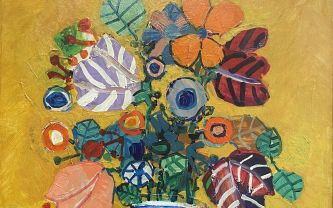
Rating and value of paintings by Paul Aïzp...
Paul Aïzpiri is a painter of the Paris School who has produced paintings and works of considerable value at auction.
Read more >

Cote et valeur des tableaux, dessins, peintures de Friedrich...
Friedrich Vordemberge Glidewart est un peintre de l'avant-garde allemande qui a produit de nombreuses oeuvres dont la cote et la valeur sont élevées.
Read more >
Secure site, anonymity preserved
State-approved auctioneer and expert
Free, certified estimates
